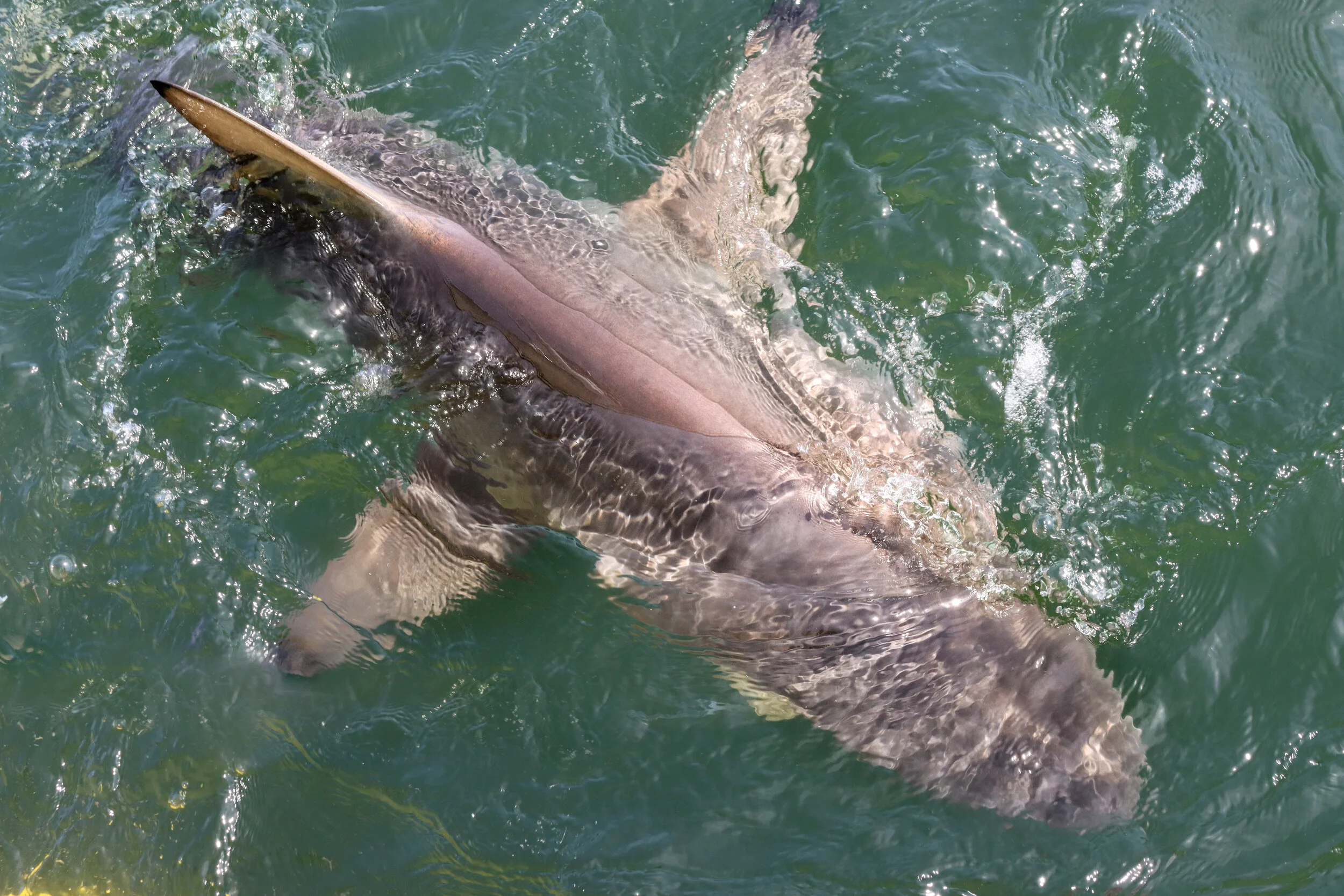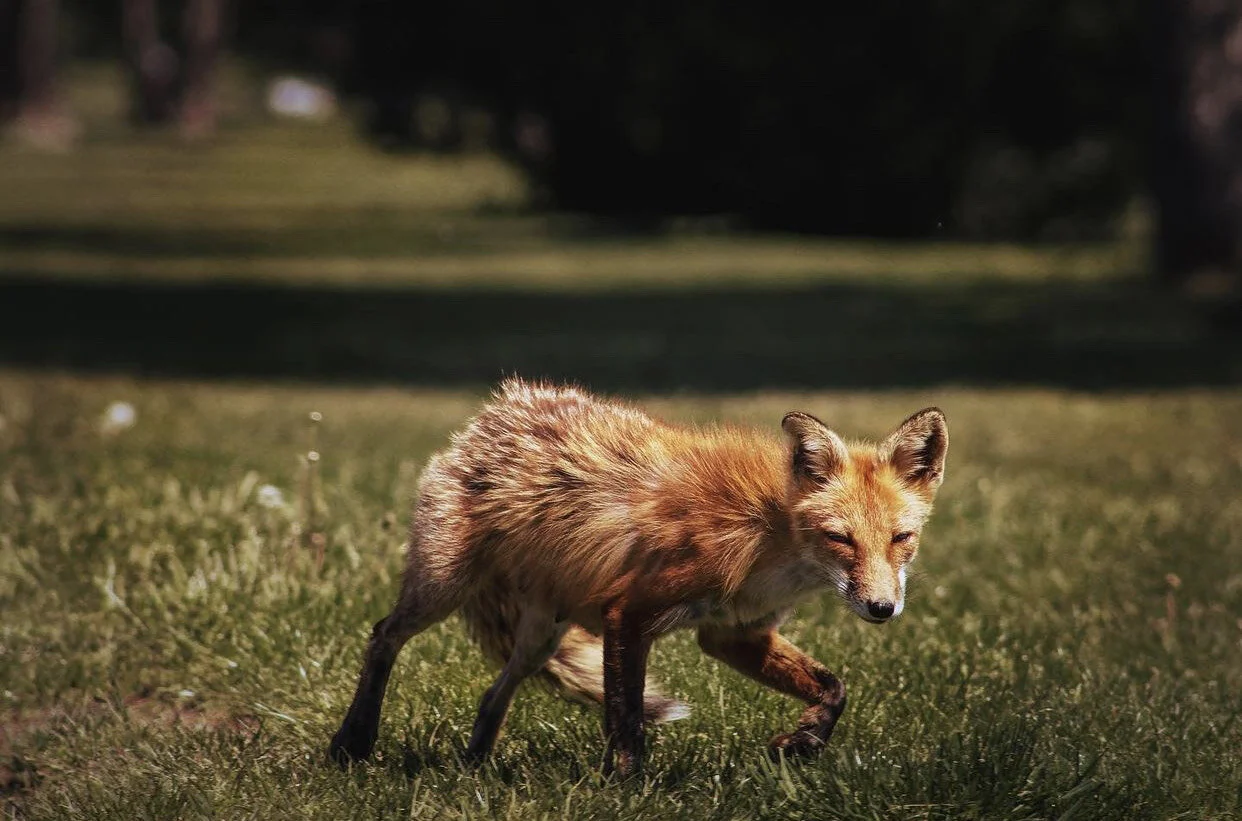While most of the chatter in the Long Island wildlife photography community turns to Snowy Owls this time of year, they are far from the only large raptors we have in the area. Over the past decade or so, Bald Eagles have reestablished a population on Long Island. There are few sights more majestic than a Bald Eagle soaring above the treeline, fishing, or perched high in an old growth tree.
One of the best photographers on Long Island at capturing that majesty is Meredith McCarthy (@merecat_photography). Over the past year, she’s chronicled one of the breeding pairs of Bald Eagles that have made their home on Long Island. For this article, Meredith and I took a look at Long Island’s Eagle population, including her amazing photography and a guest section from Meredith speaking to her experience witnessing them throughout the year. Hope you enjoy it as much as I enjoyed Meredith’s photography and hearing her story.
Read More





